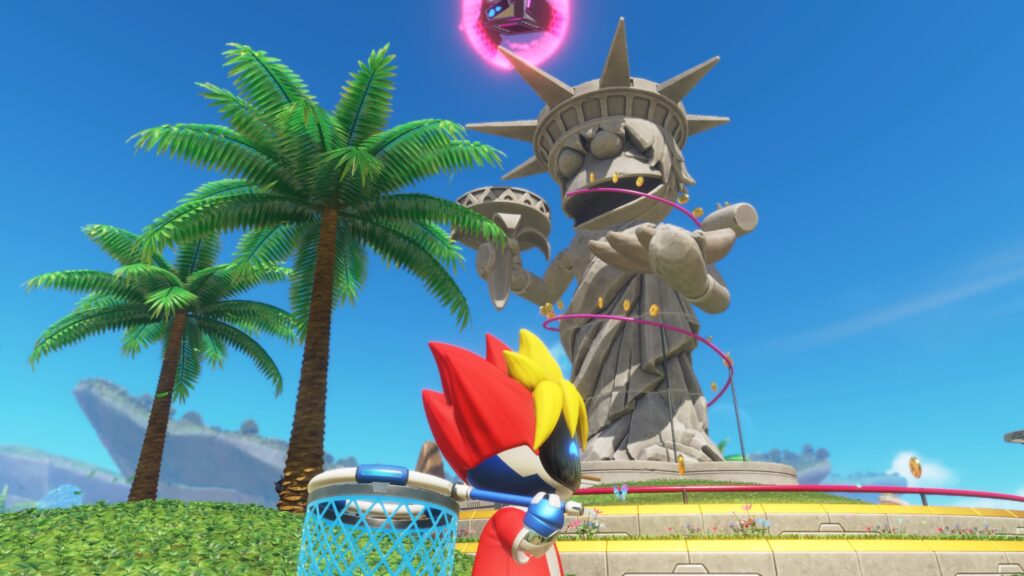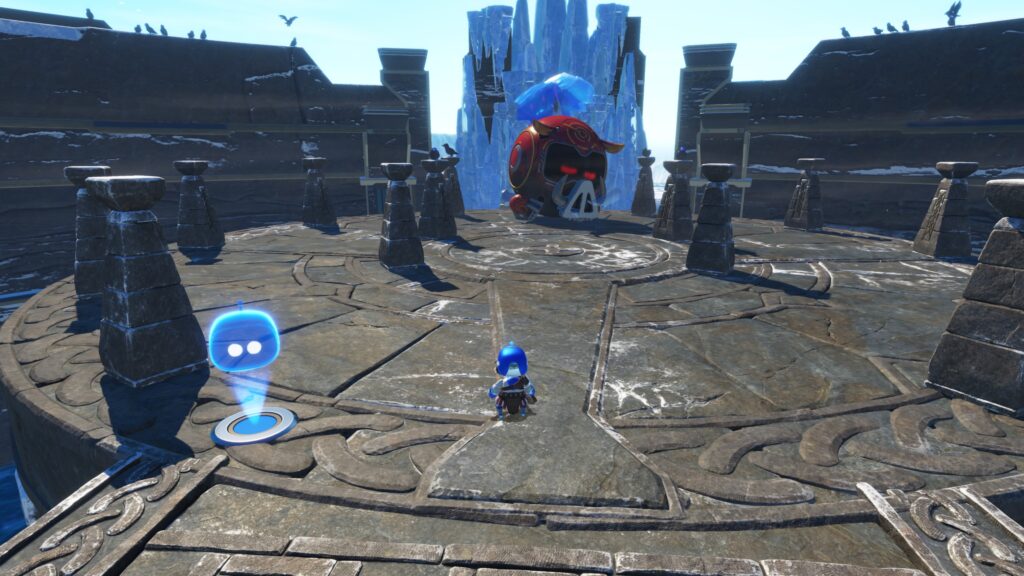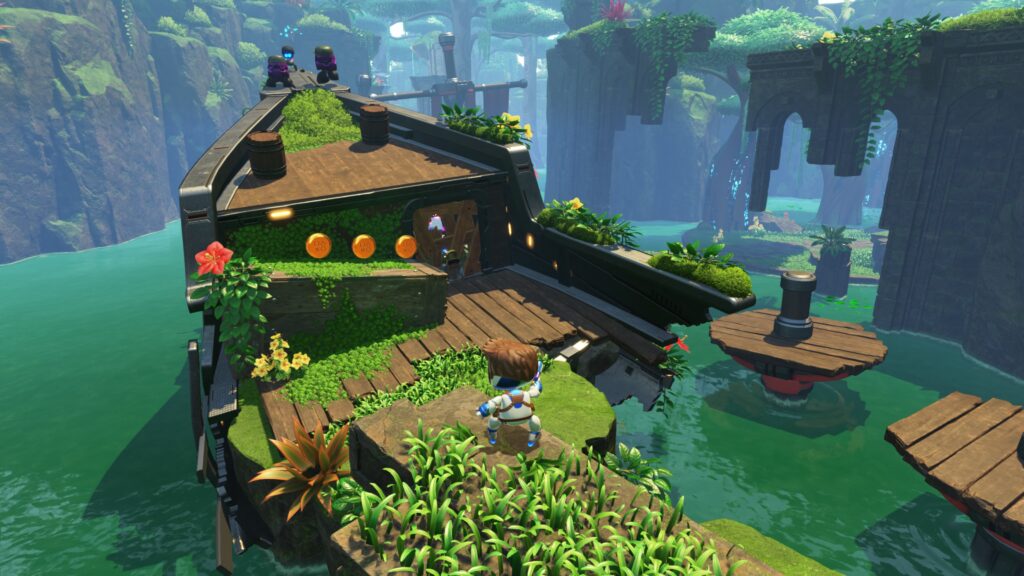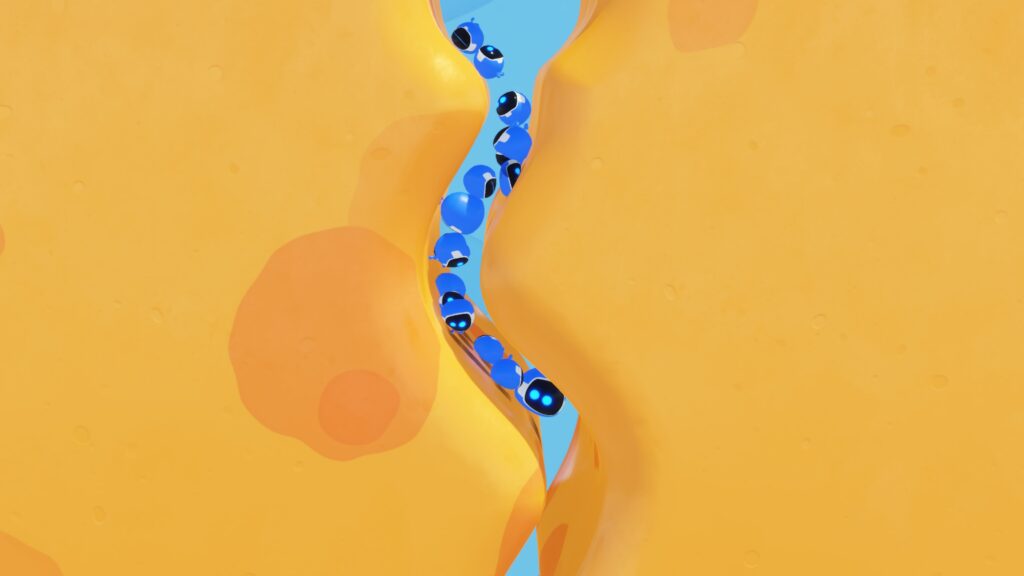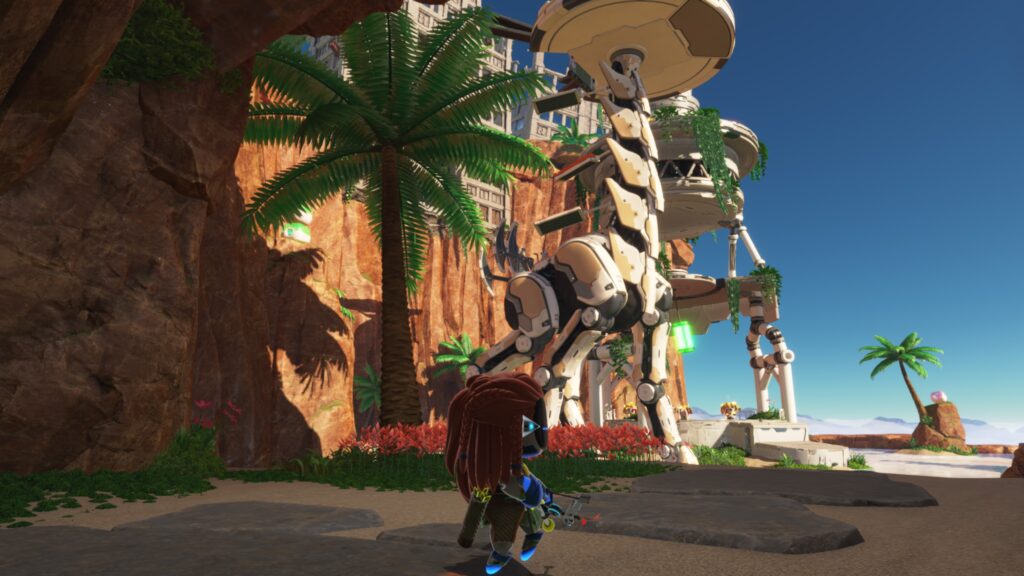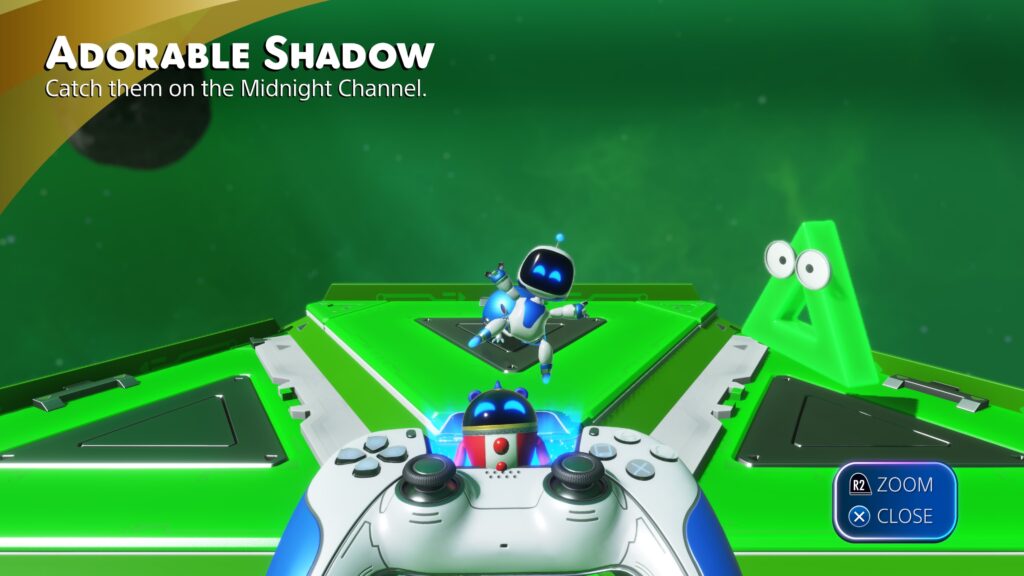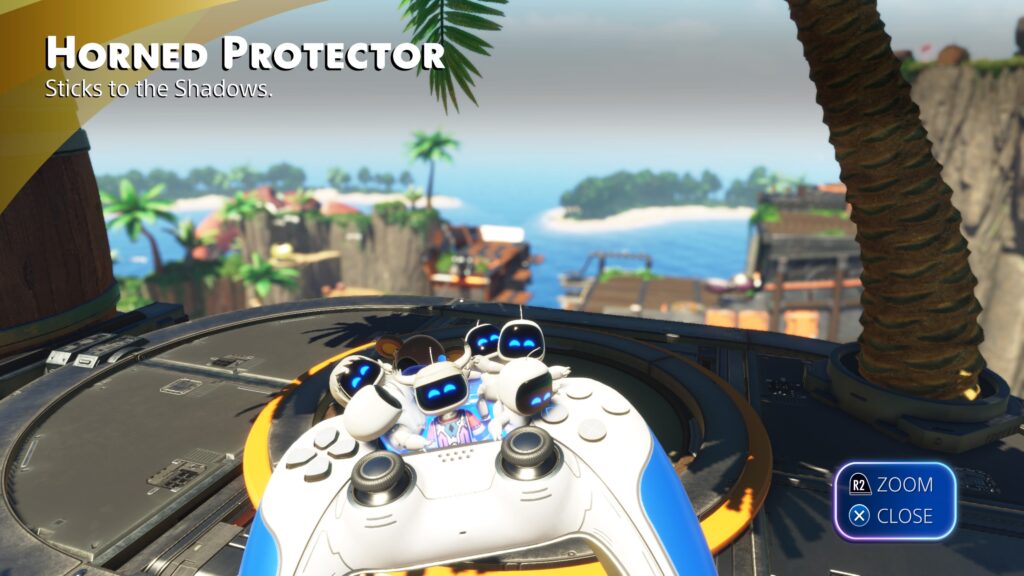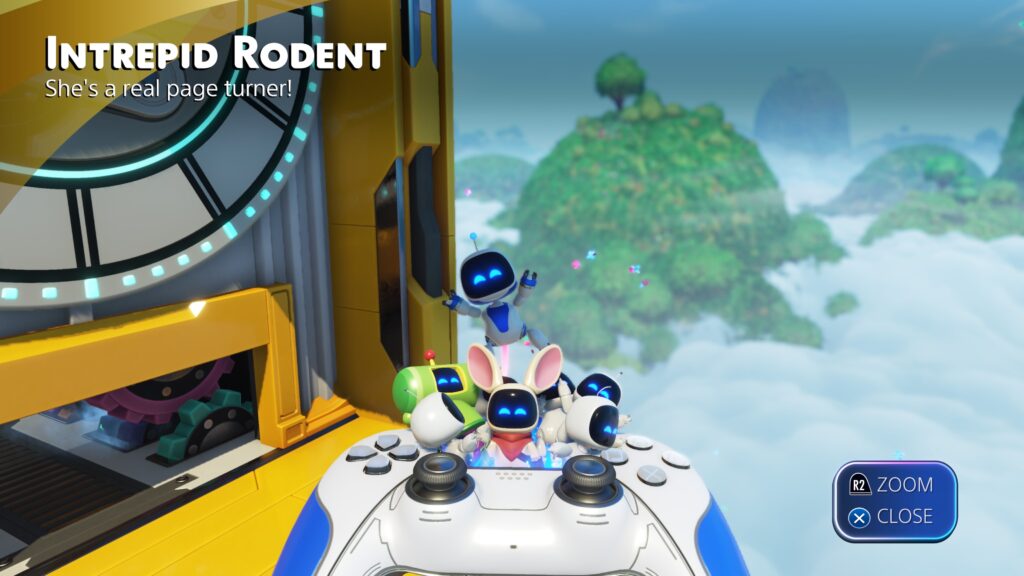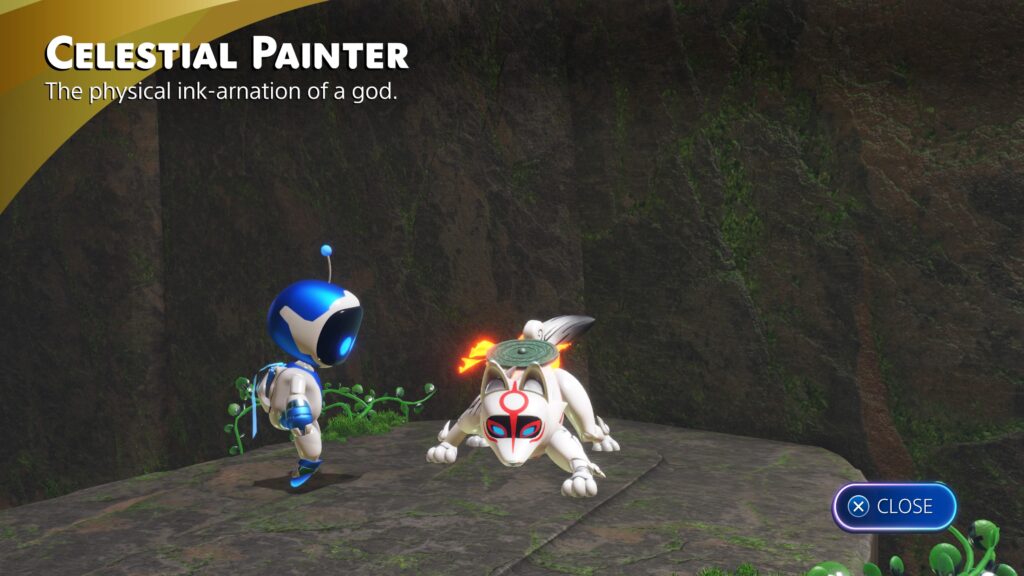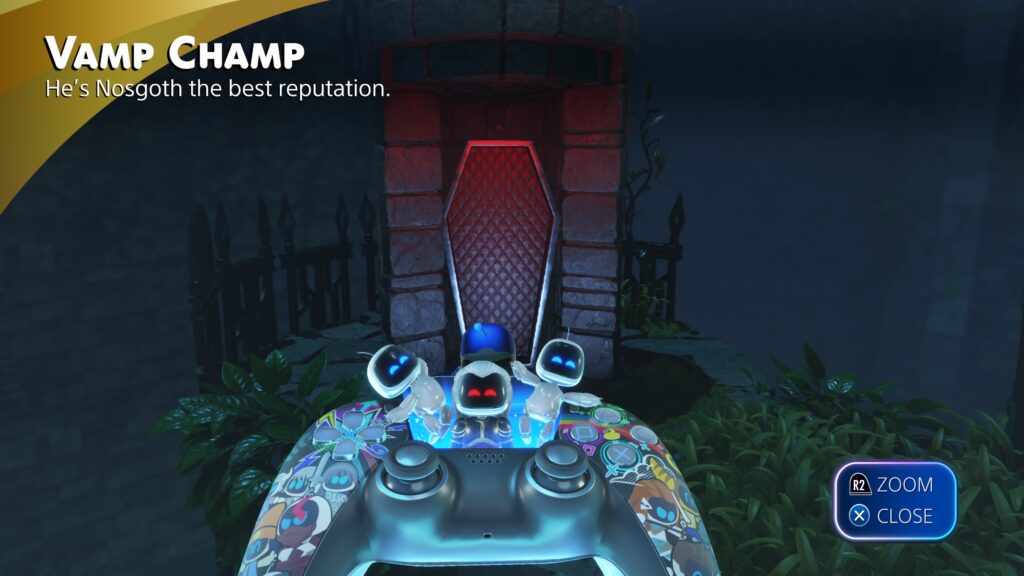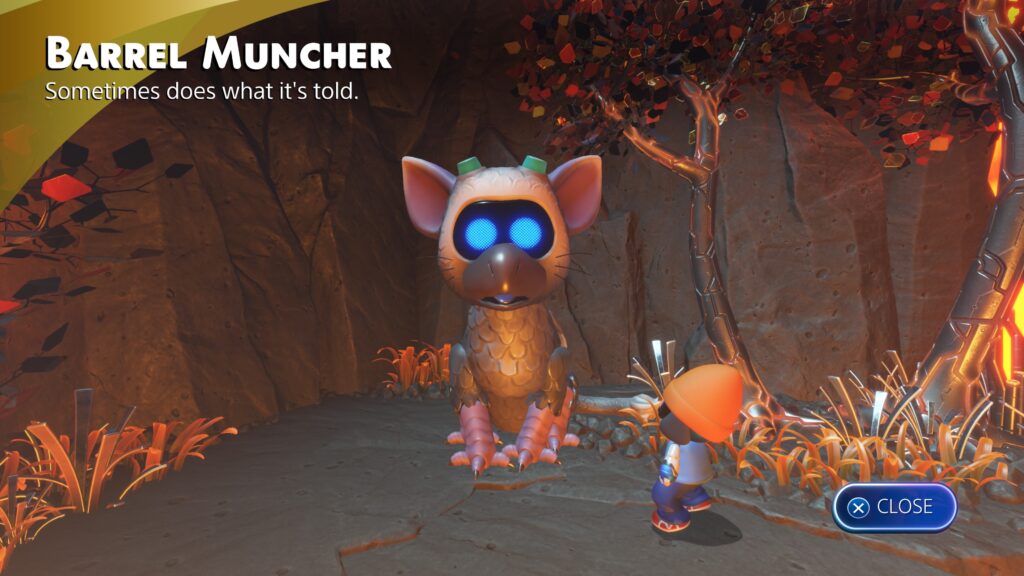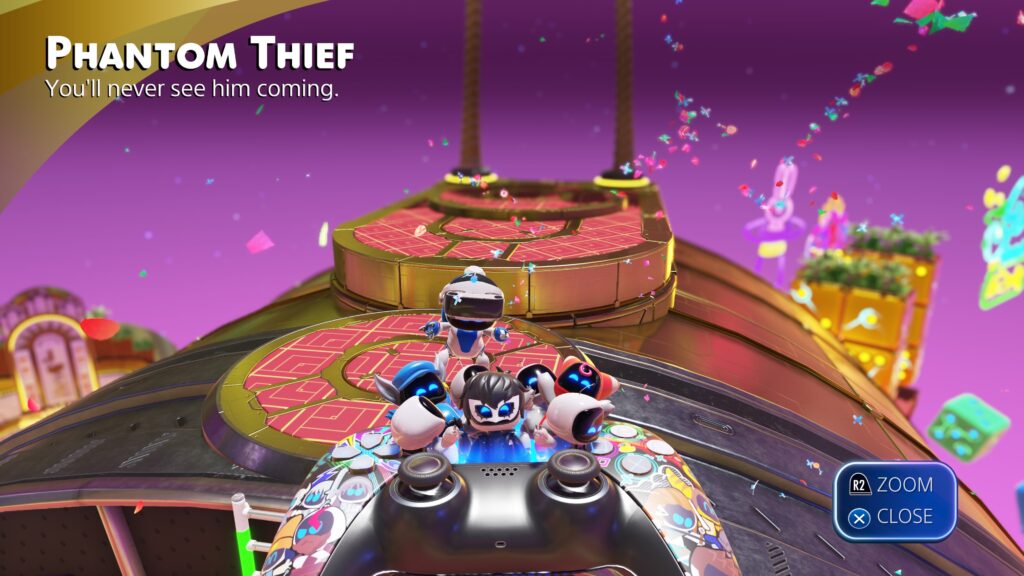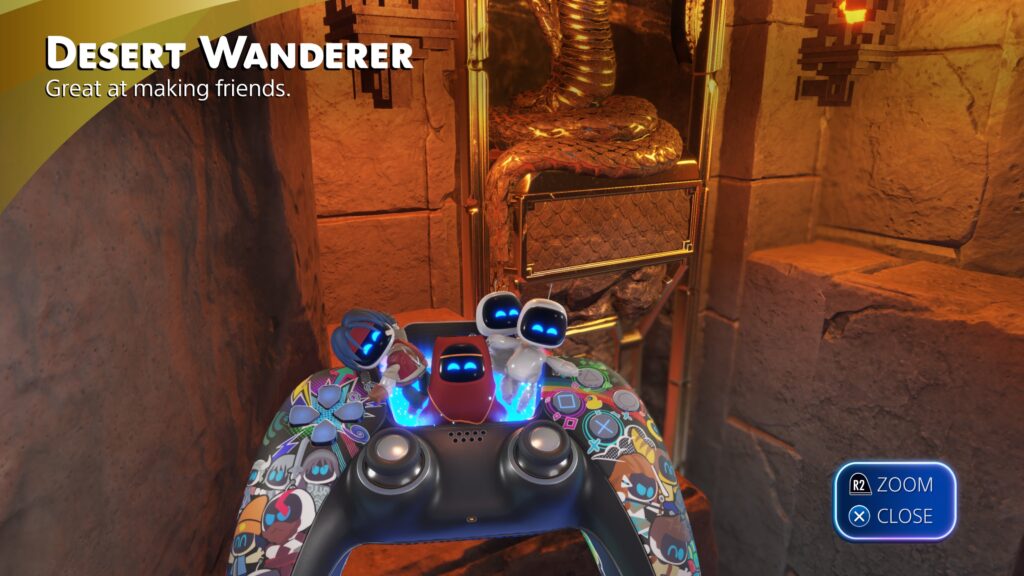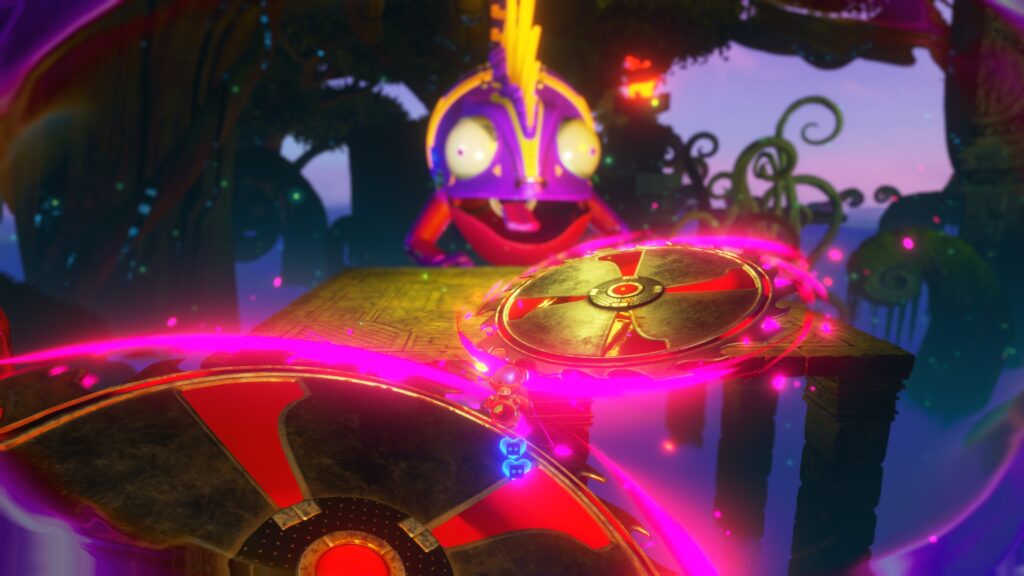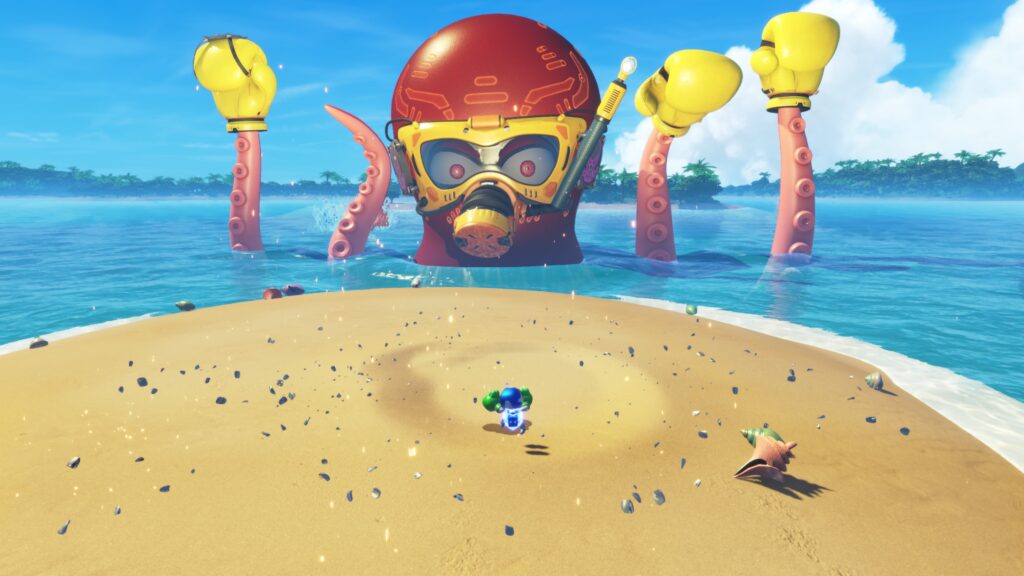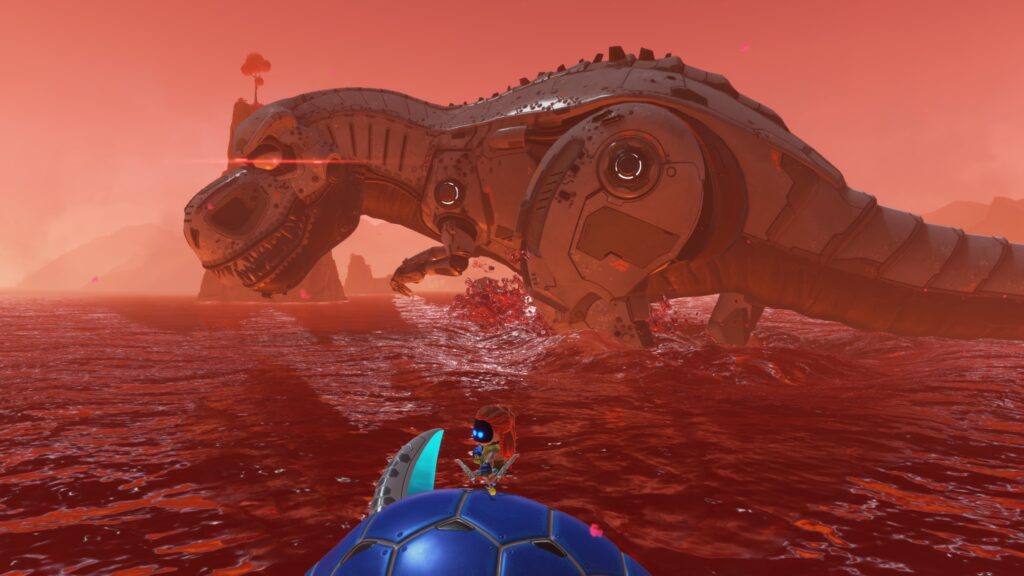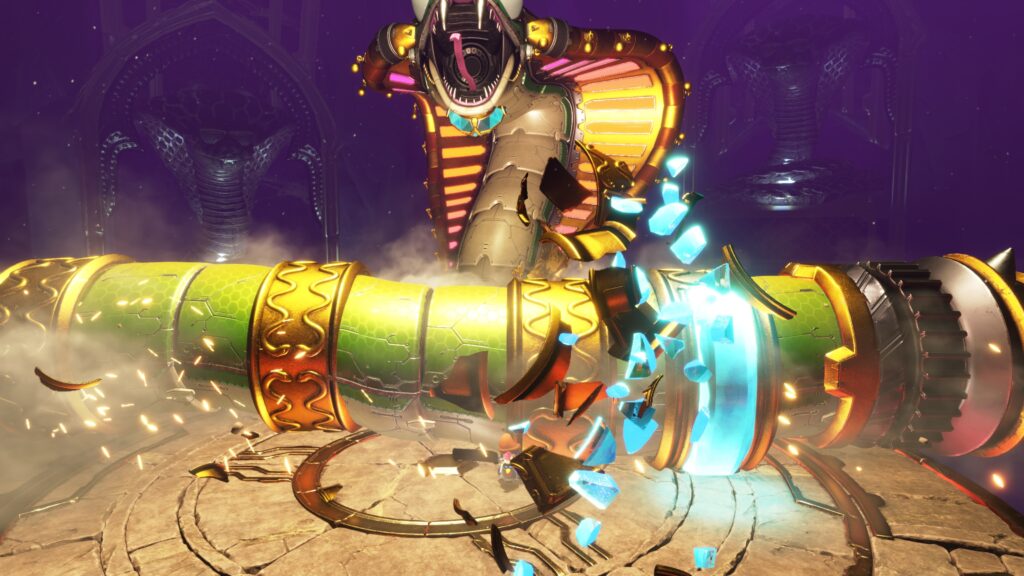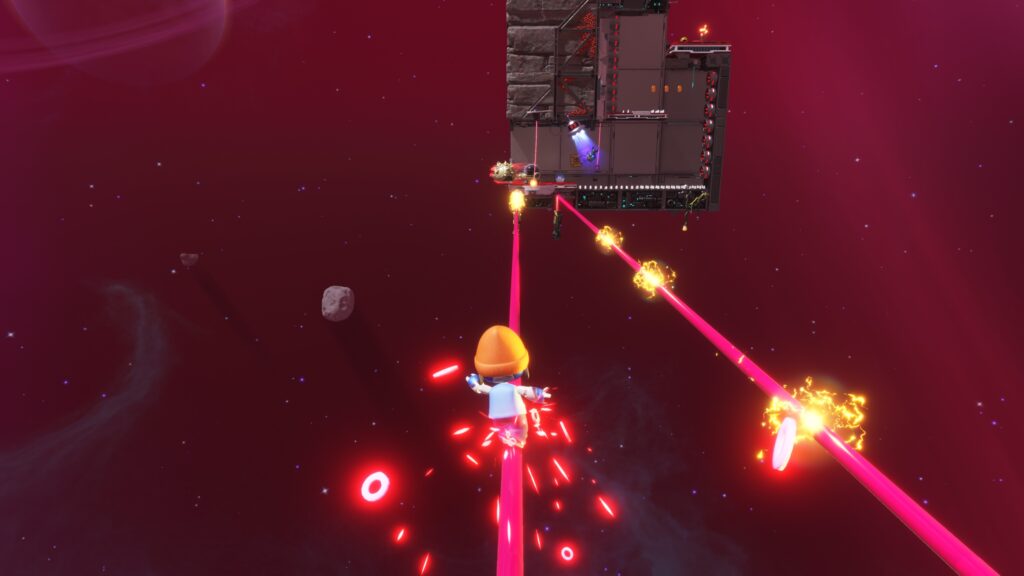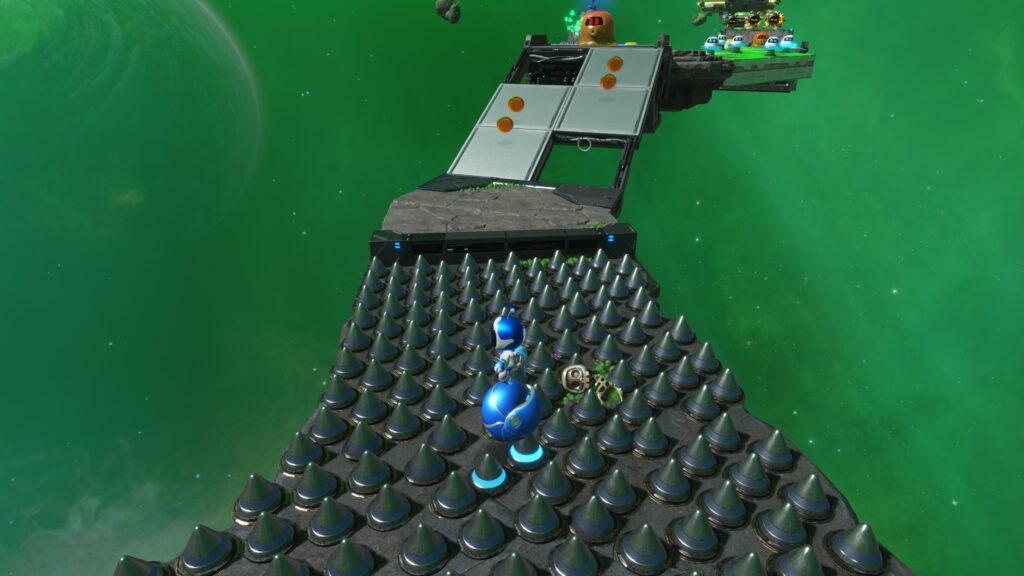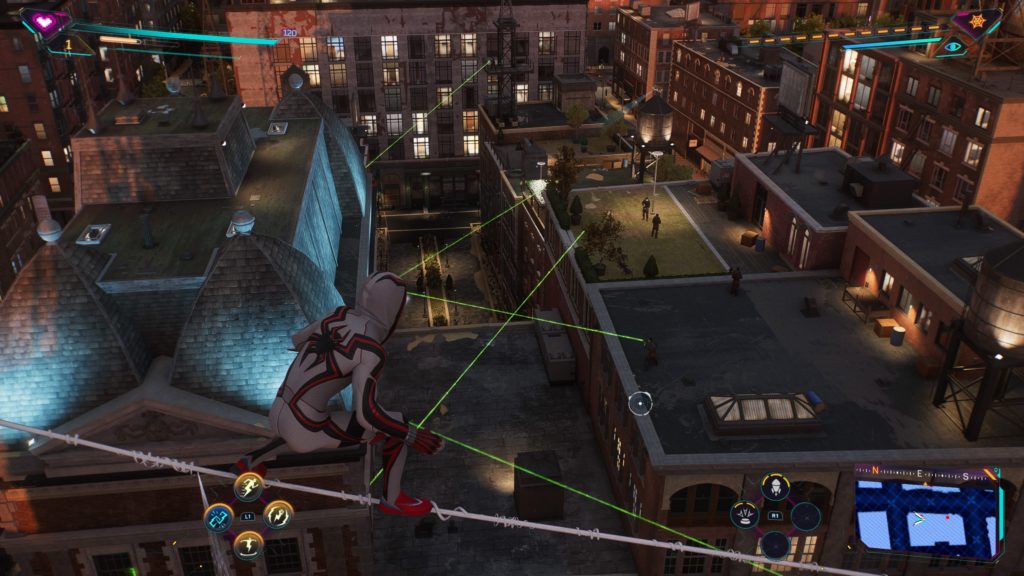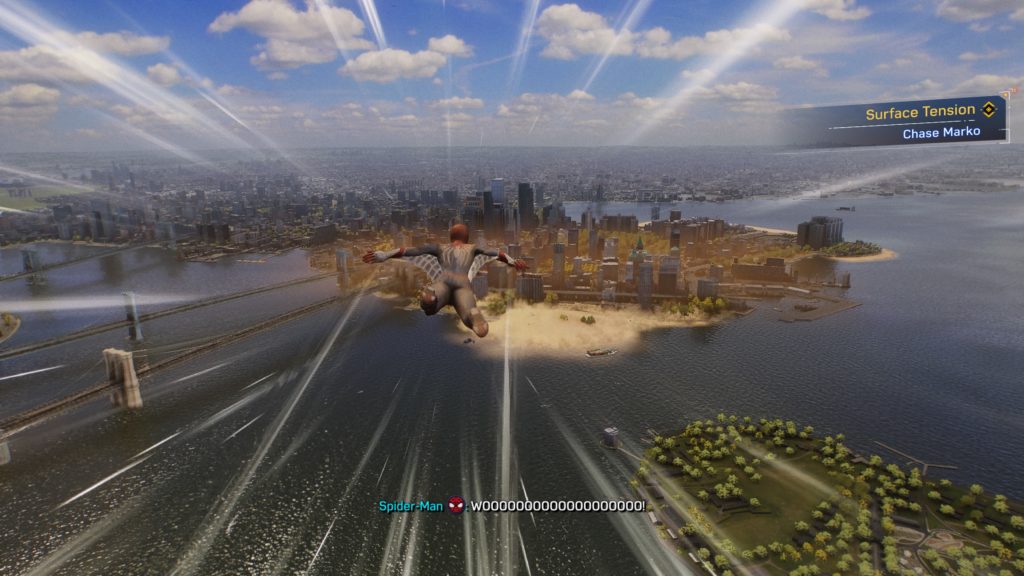- Genre: Action/Adventure
- Platform: PS5
For all intents and purposes, this is a perfect iterative sequel. It’s familiar enough to not be different from what I enjoyed about the original, but it’s got enough changes to feel fresh. In some ways that is probably something that people would criticize as feeling safe, but for me it’s hitting a fine line of moving the gameplay forward without losing what it was, and that’s a tough balance to hit.
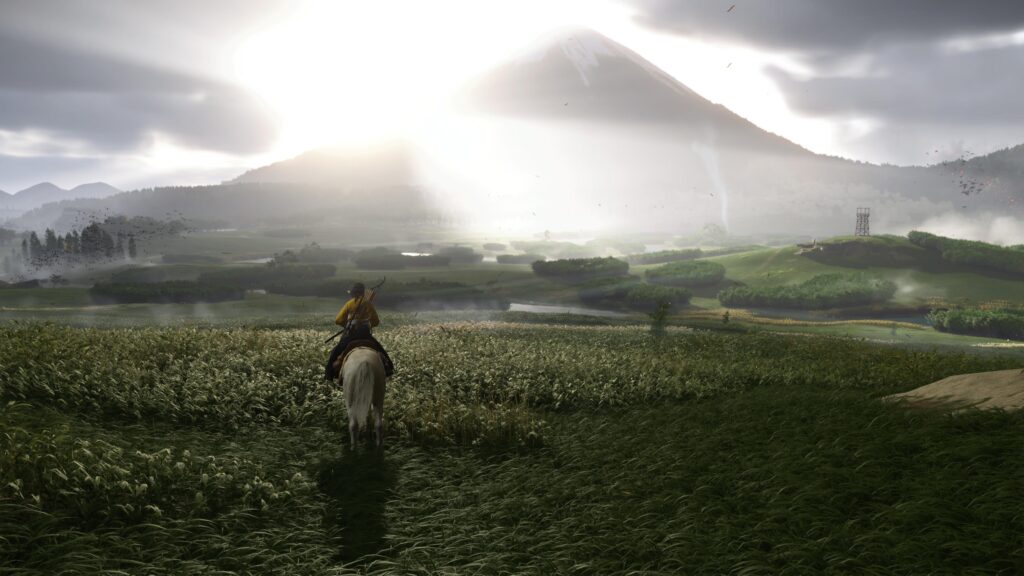
If I put this up against what I thought of Tsushima there really isn’t a huge difference in my mind. They both do the Assassin’s Creed combat hub and free range stuff meta loop very well. They both have incredibly good combat aligned with some really effective stealth moments. They both have the same general discovery loop of looking for landmarks in the world (ex: steam -> hot springs, big fire -> inn, for all of them you can find a yellow bird to follow). Where this one improved for me really did end up being in the iterative nature of its combat.
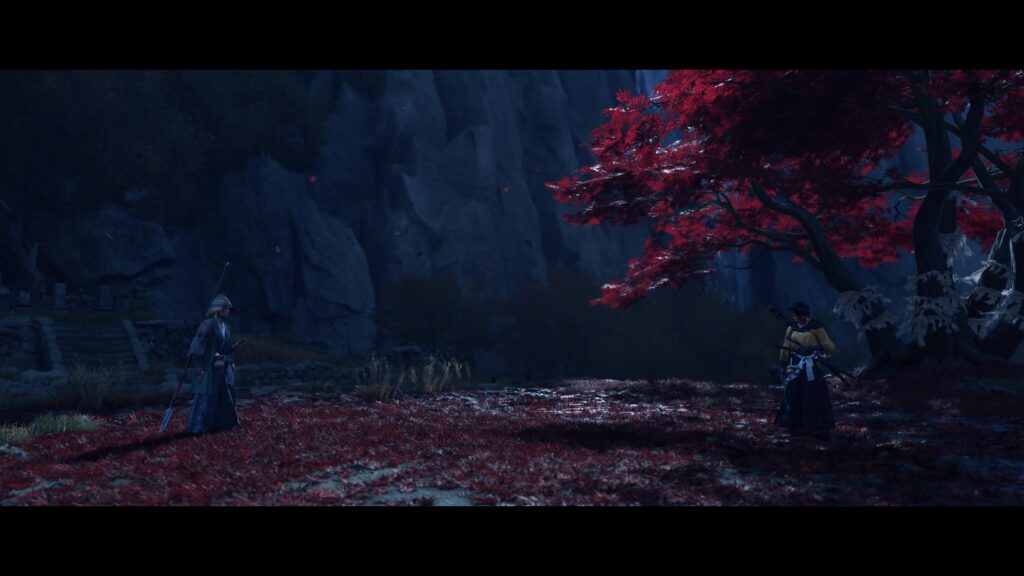
In Tsushima I specifically mentioned that duels were where I felt combat really hit its stride, and while that is still largely the case here I do think that the wider group combat saw enough of an improvement to be of note. My problem with the previous title was that group combat never felt like I had a good way to focus on where to look, and a lot of that came down to what felt like a lack of obvious prioritization of incoming damage. That feels much improved here.
Part of it is that NPCs simply are better at taking turns. I know it sounds weird for a group of enemies to attack one-on-one, but from a gameplay perspective it makes sense for the player. Spamming dodge or parry buttons because multiple NPCs come after you more or less simultaneously is not a fun experience. Having the NPCs take turns – and more importantly giving the player time to attack the NPC that they successfully dodge or parry – is a big win in playability and letting the player feel powerful against a larger group of enemies. From a danger perspective it also felt like the NPCs would attack more quickly in succession if I wasn’t correctly dodging or parrying, so it encouraged me to be precise in order to not be overwhelmed. Another part of it for me is that rather than using stance switching to go against enemy weaknesses, Yotei uses weapon switching. From a result perspective this is exactly the same – you switch stance/weapon in both games to give yourself an advantage. However, recontextualizing this to something even more obviously visual feels better in a way that I can’t really place my finger on.
It also may just be placebo or fading memory, but it also felt like the general tells about incoming attacks were more obvious. Visually there were fewer large feints to make you guess incorrectly. The visual language of things that are dodgeable or parryable felt more clear. The audible tells of ranged attacks felt like they punched through the general noise of combat better. These are all things that were important to the larger group combat scenarios to make them feel more immediately manageable compared to the original title to really elevate that part of the experience to allow it to shine. It may not quite match the spectacle of duels yet, but rather than feeling like a negative of the experience I was generally able to enjoy combat in all situations much more easily in the sequel.
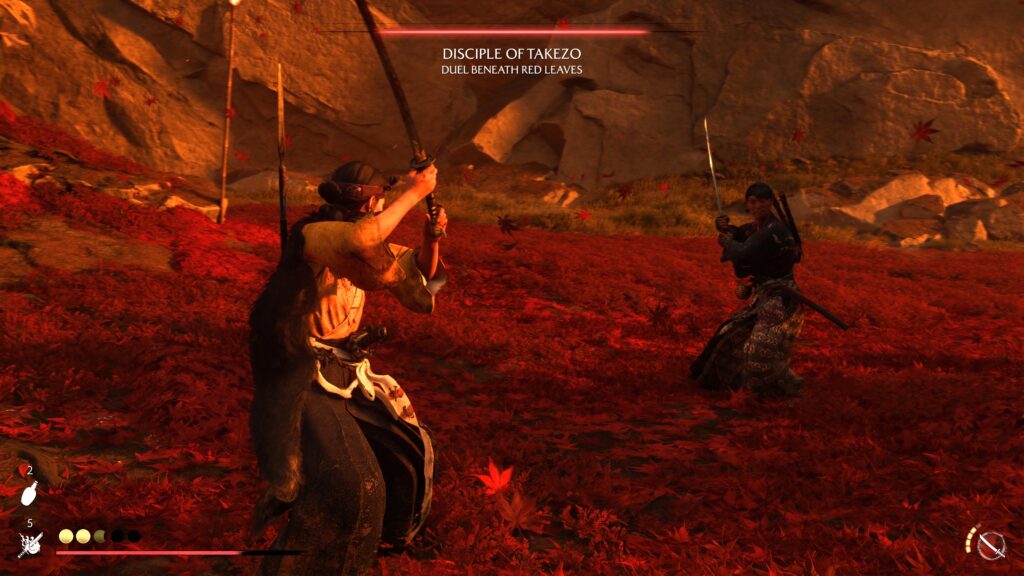
If there was one thing that I felt did take a step back here it would be the presentation of the story. The story is a generally non-linear set of sections sandwiched between a fixed start and end. What this means for the player is that once they get into the world, they can generally pick the direction they want to go. Each smaller region of the overall game world was its own self-contained experience where entering the zone triggers some story moment to occur, with the zone having its own plot line, side characters, and wrap up moment. However, that section of the game could occur in any order, so it had very little in terms of ties to anything else.
The practical impact for me is that this title felt like what would normally be a series of smaller independent expansion packs, rather than a whole new title. Each section kind of gets you an upgrade path of some sort and a character that ends up being important later-ish but because they have to work independently it often feels a lot like the zones are – for lack of a better description – nerfed down to just kind of be played through. Narratively it works well, but I’m not sure it was the best for gameplay purposes. On the other hand, when it does tie together for the final zone of the game, the toolbox as a whole works incredibly well so I’m not sure I’m overly fussed that each tool you gained had its own zone to learn the thing in with repeated use.
In some respects it also felt like this change might have forced a bit more simplification of side content, which was something I enjoyed about Tsushima over the larger Assassin’s Creed games. There is still some side content in place, but apart from a couple small specific places there isn’t side content that reaches across zone lines. It helps keep the side content locked to very specific upgrade-focused bits, alongside some side quest lines that deal with things specific to zones – for example, all upgrades for kunai take place in the zone where you earn kunai. I can’t tell whether it was an intentional change to match the narrative setup, but I do think the reduced stuff continues to be a benefit to reducing boredom in games of this scope.
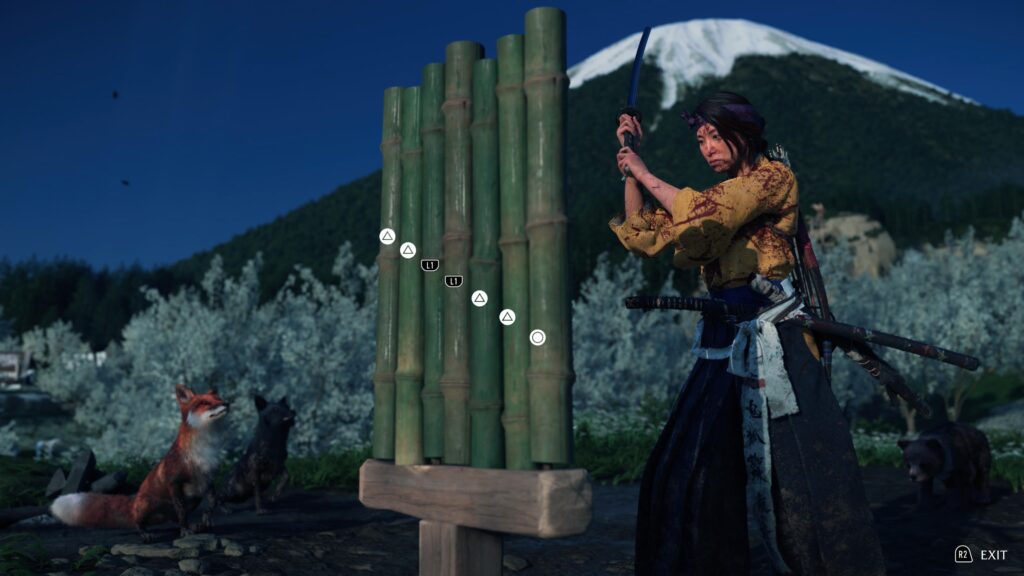
I said this of Tsushima:
I certainly won’t sit here and claim that this is generally an original title, but it didn’t necessarily have to be. It takes the framework established by the recent Assassin’s Creed titles, and iterates enough on it to feel like its own thing.
I think that is particularly relevant here. Ghost of Yotei feels even less original, but I don’t think it needed to be original. Tsushima was a wildly successful and fun game. This takes the core put in place there and iterates on it, and in doing so didn’t lose what made the game a standout. Yotei is a wildly gorgeous game with extremely tight combat and that’s all I really needed it to be.


